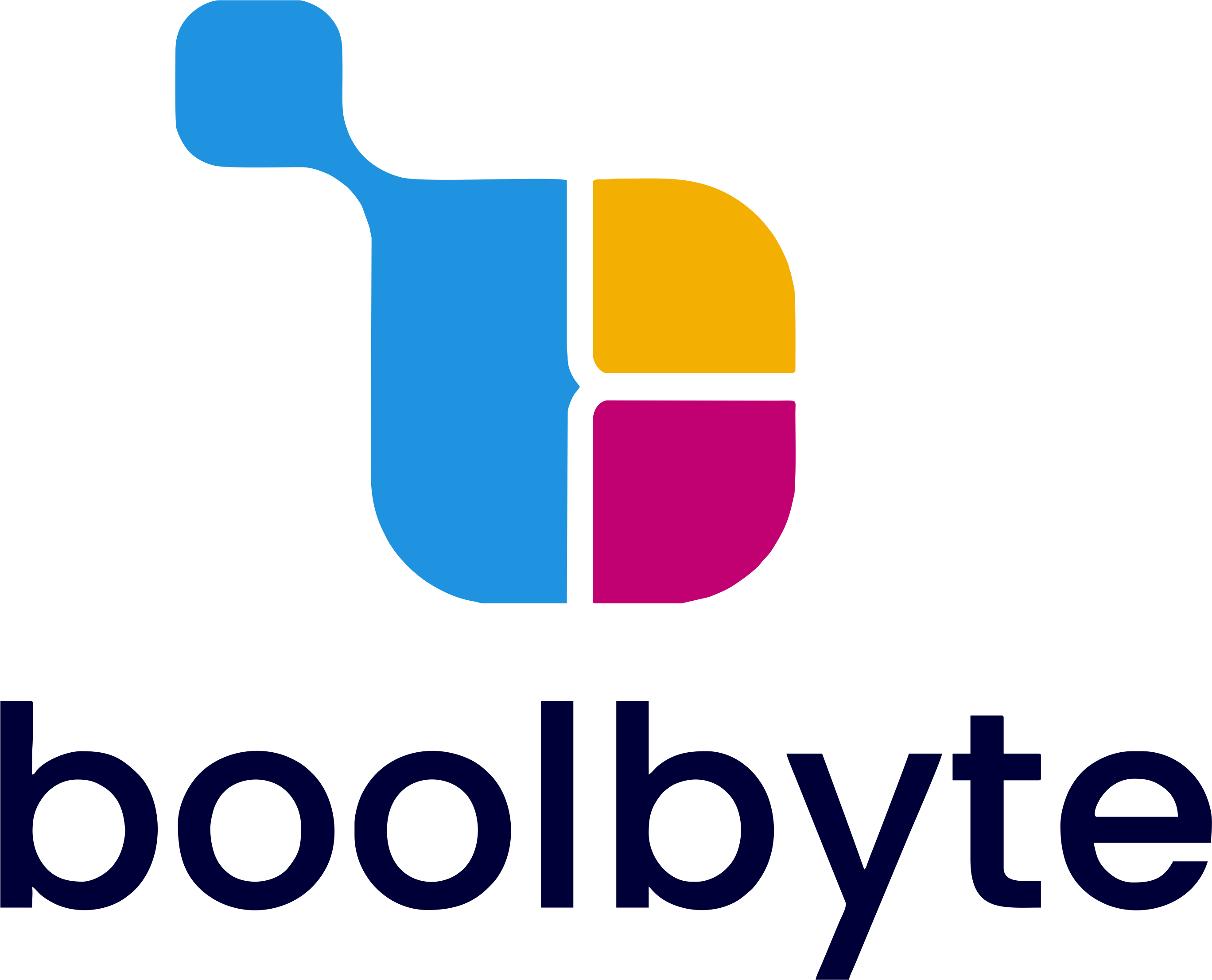Healthcare Interoperability
Understanding Healthcare Interoperability
2025-04-20
By Boolbyte
In this article, we will dive into the significance, key stakeholders involved, and the historical context and evolution of healthcare interoperability.
In this article we will dive into the significance, key stakeholders involved, and the historical context and evolution of healthcare interoperability.
### Healthcare Interoperability and Its Significance
Healthcare interoperability is the ability of different healthcare systems, devices, applications, and organizations to securely share and exchange patient information and data while maintaining its integrity and meaning.
It ensures that relevant health information is accessible when and where it is needed, facilitating seamless communication and collaboration among various stakeholders in the healthcare ecosystem.
The significance of Healthcare interoperability can be summarized into:
- **Improved Patient Care:** Interoperability enables healthcare providers to access comprehensive patient records, leading to better-informed clinical decisions, reduced medical errors, and enhanced patient outcomes.
- **Enhanced Efficiency:** Streamlined data exchange processes reduce administrative burdens and lead to more efficient workflows, allowing healthcare professionals to spend more time on patient care.
- **Data-Driven Insights:** Interoperability supports the aggregation and analysis of data from multiple sources, facilitating research, population health management, and the development of evidence-based healthcare practices.
- **Cost Reduction:** By eliminating duplicate tests, reducing paperwork, and optimizing resource allocation, interoperability can lead to significant cost savings for healthcare systems.
- **Patient Empowerment:** Patients benefit from interoperability by having access to their health information and the ability to securely share it with different healthcare providers, fostering active participation in their care.
### The Key Stakeholders Involved
Interoperability in healthcare involves a diverse set of stakeholders, each playing a vital role in the delivery of patient care and the functioning of the healthcare ecosystem. The key stakeholders include:
- **Providers:** Healthcare professionals, including physicians, nurses, and allied health staff, are primary users of interoperable systems. They rely on interoperability to access patient records, share information with colleagues, and provide seamless care.
- **Payers:** Insurance companies and others require interoperability to process claims, validate coverage, and manage reimbursement. They also benefit from data exchange to assess patient outcomes and improve care management.
- **Patients:** Patients are increasingly recognized as important stakeholders in healthcare interoperability. They have a vested interest in accessing and sharing their health information securely to participate in their care decisions actively.
- **Healthcare IT Vendors:** Companies that develop healthcare information systems, electronic health records (EHRs), medical devices, and software play a pivotal role in ensuring their products can interoperate with other systems and meet industry standards.
- **Regulatory Bodies:** Government agencies and regulatory bodies, establish guidelines, standards, and regulations that govern healthcare interoperability.
- **Health Information Exchanges (HIEs):** These organizations facilitate the secure exchange of health information among healthcare providers, payers, and other entities within a specific geographic region or network.
- **Researchers and Public Health Officials:** Interoperability supports research efforts by providing access to extensive healthcare data, aiding in disease surveillance, and enabling public health interventions.
### Historical Context and the Evolution of Interoperability in Healthcare
The origins of healthcare interoperability can be traced back to the introduction of electronic health records (EHRs) and computerized healthcare systems in the late 20th century. These early systems aimed to digitize patient data and streamline administrative tasks.
The Evolution of Healthcare interoperability can be summarized into the following stages:
- **Silos of Information (Pre-Interoperability Era):** Initially, healthcare systems operated in isolated silos, making it challenging to share information. Paper-based records and standalone EHRs were common.
- **Rise of Standardization:** The need for interoperability became evident, leading to the development of healthcare data exchange standards like HL7 and DICOM. These standards helped structure and standardize healthcare data.
- **Government Initiatives:** Governments recognized the importance of interoperability and introduced initiatives such as the HITECH Act in the United States, incentivizing the adoption of EHRs and interoperable systems.
- **Introduction of FHIR:** The emergence of Fast Healthcare Interoperability Resources (FHIR) as a modern, web-based standard has accelerated data exchange. FHIR is designed to be more developer-friendly and adaptable to current healthcare needs.
- **Patient-Centric Approach:** Recent trends emphasize patient-centric interoperability, where patients have more control over their health data, contributing to a shift in the healthcare landscape.
Understanding the stakeholders, historical context and evolution of interoperability is crucial for appreciating the challenges and progress made in achieving seamless data exchange in the healthcare sector. It provides valuable insights into the ongoing efforts to improve healthcare delivery and patient outcomes through interoperability.
Boolbyte
The Boolbyte Team
Healthcare technology expert and digital health advocate.
Share Article
Stay Updated
Get the latest insights on digital health transformation, AI in healthcare, and interoperability solutions delivered to your inbox.

